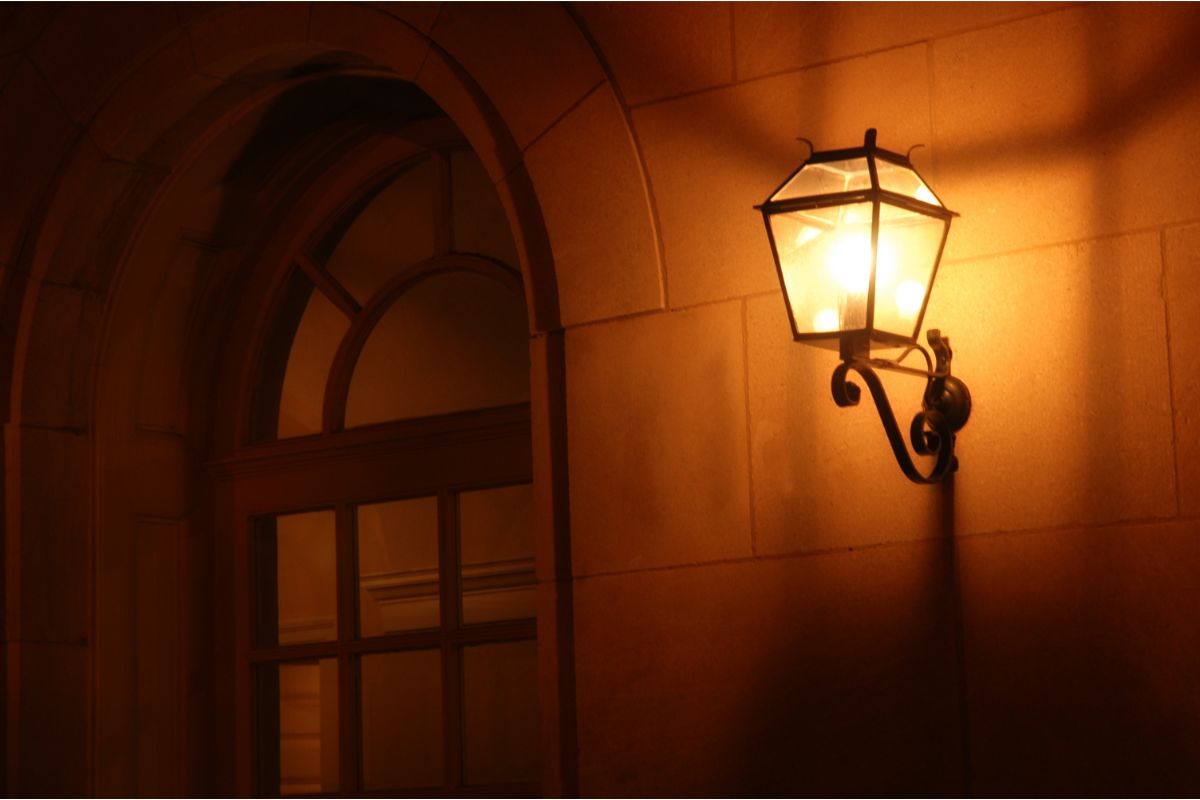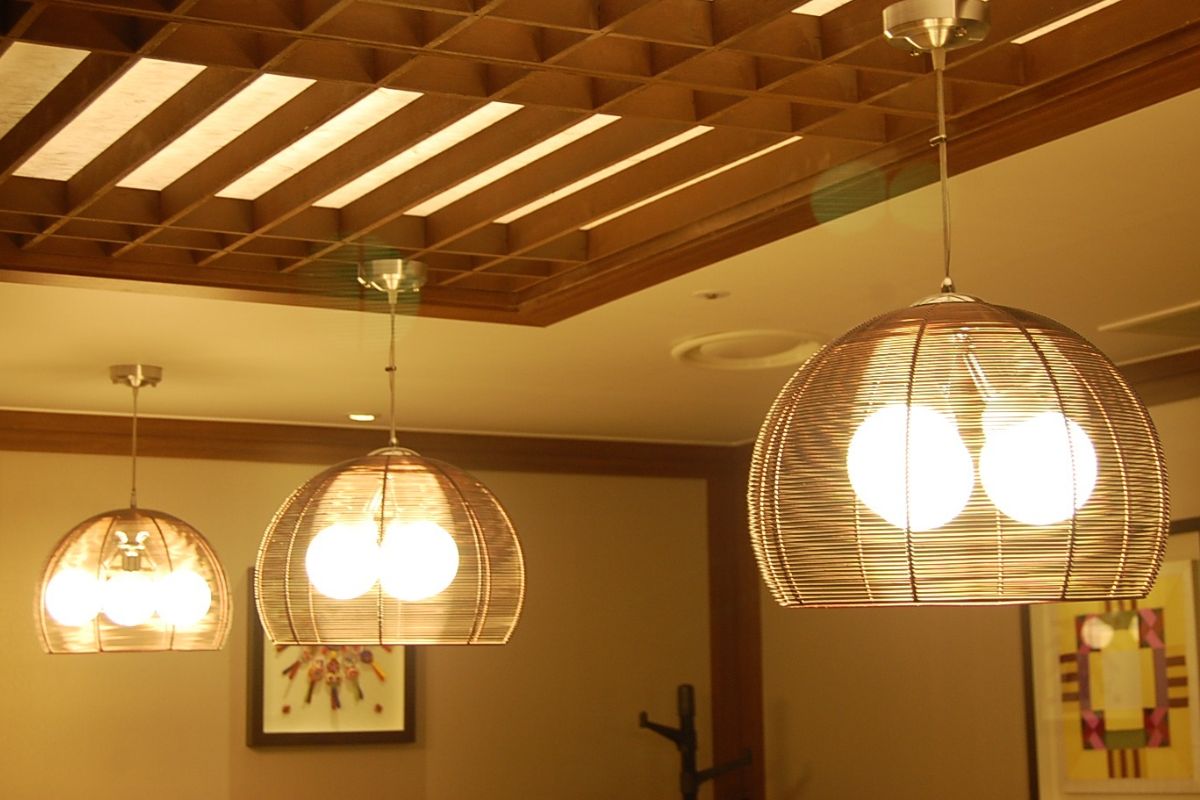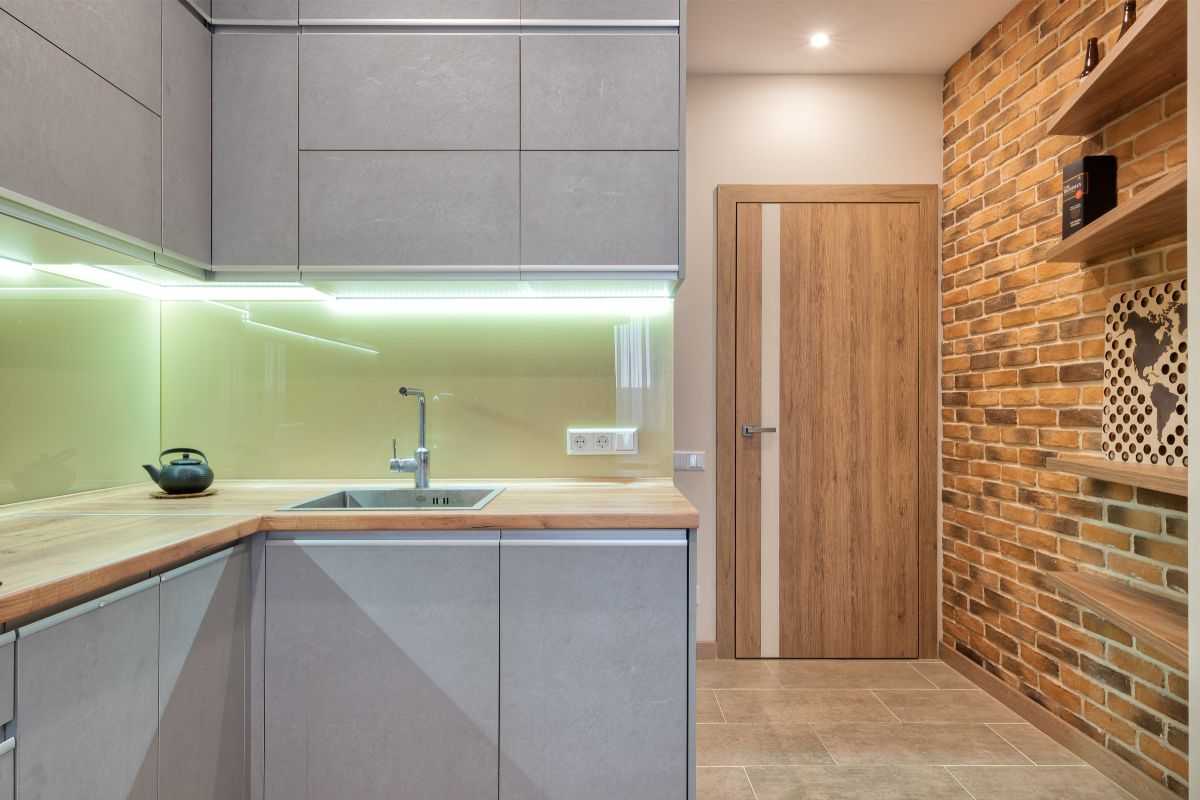Now that we’re truly starting to realize the potential of lighting in our homes, not just as a means of illumination but as decoration, we’ve become a little glow-happy, stuffing in as many fixtures as physically possible.

It’s a double-edged sword that beautifies and clutters up our living spaces in equal measure, which can be a problem, especially for those living in small spaces, but recessed lighting can change all that.
What is it? Well, it’s exactly what it sounds like, a lighting fixture that is recessed below a surface.
The beauty of recessed lighting is of course that you can fill your home with as many lights as you want without forfeiting any of your living or decorative space. Sound good? Here’s everything you need to know about these space-friendly illuminators.
Where Do Recessed Lights Go?
Recessed lights can go anywhere there’s a surface to accommodate them. It doesn’t matter if you want them in your ceiling, your wall, your floors, your staircase, your garden path… if you can make room for their housing, they’ll go where you want them to!
When installed in your ceiling, they play the role of a typical down light, providing lots of illumination so you can see where you’re going and what you’re doing, but when installed in flooring, they become up lights, which are more commonly used as accent or security lights.
Recessed wall lights are often used as security lights as well, or sometimes as guide lights, but they can also just be illuminators to save room for further decoration on the wall.
How Are Recessed Lights Made?
Don’t worry, I’m not going to hit you with the entire history of the lightbulb starting with Edison here, but it might be worth your while to know the very basics of recessed light anatomy. Generally speaking, recessed lights have three components:
- Housing — This housing is what holds all the electronics as well as the bulb itself.
- Trim — Trim is the decorative aspect of the light that sits at the very front of the housing. This is all you’ll see when the light is installed. The trim may well incorporate shades, baffles, and possibly even reflectors.
- Light bulb — You know the drill with this part.
Things To Consider Before Purchasing Recessed Lights
Before you head out to your local hardware or home store and fill your trunks with recessed lights, there are a few key things to consider.
Installation Space
The housing of recessed lights comes in various sizes, and you’ll only have a certain amount to work with based on your surface of choice, so be sure to take some accurate measurements before forking out your hard-earned money for any lights.
The last thing you want is to spend a small fortune on lights only to find that they won’t fit in the desired surface. For particularly thin walls, you’ll need to buy specialist shallow housing lights, otherwise, the housing will stick out from the cavity, which is not a good look.
Installation Type
There are two main categories of recessed lighting when it comes to installation:
- Construction
- Remodel
Construction recessed lights are designed to be installed during the building of the structure they’re going to sit in, and they cannot be installed after the fact without engaging in some pretty invasive tactics.
Remodel lights, on the other hand, are designed with a less intrusive installation in mind so that they can be used to augment existing structures and surfaces. They can be fully installed from the outside edge of a surface.
Insulation
If you plan on installing lights in a surface that sits in front of insulation, you’ll have to pay a little extra for IC rated recessed lights. These lights are optimized to keep running temperatures down, even over long periods.
Shape Of Surface
Not all surfaces in our homes are flat. Pitched ceilings are particularly common, and in some older homes, it’s not uncommon for walls to be slightly nonlinear too.
If this is the case with the surface in which you intend to install recessed lights, you’ll have to purchase some angled fixtures.
Outdoor Fixtures
Whatever you do, don’t install fixtures designed for indoor use in your yard, as they won’t be weatherproof, and as soon as moisture seeps into the circuitry, not only will they not work, but they’ll be a hazard.
You’ll also need to pick up some waterproof recessed lights if you want to install them in your shower or near your bathtub.
Choosing Your Trim
If you’re purchasing your lights from specialist outlets, you may get the choice to pair the housing you need with a trim of your choosing, allowing you to match the aesthetic of your home, but trim isn’t all about cosmetics.
The trim you choose can affect the character of the light itself, so it’s essential to pick the right one for your needs. Your options are as follows:
- Reflectors — These designs magnify the light of your bulb and send it straight out towards the opposing surface, making them great for enhancing the visibility of a room when the fixture is installed in a high ceiling.
- Baffles — These are used to absorb some of the light in order to soften it, making them a great choice for cozy areas such as your living room.
- Eyeball — If you want to be able to change the direction of your recessed lights, you’ll need eyeball trim.
- Lensed — A lensed trim is usually employed to provide extra durability and weatherproofing for outdoor and shower lights.
- Wall wash — This trim provides a partial covering of the light bulb in order to direct the accent light towards something like a painting or an ornate decoration.
Final Thoughts
Once you have the housing and the trim sorted, all you have to do is settle on a bulb, which, in this day and age, should be LED as they’re energy-efficient and long-lasting, but the fun part is choosing what kind of LEDs you kit your recessed lights out with!
Are you going with a classic white or warm yellow, or are you going to get weird with it and go for a colorful extravaganza?



